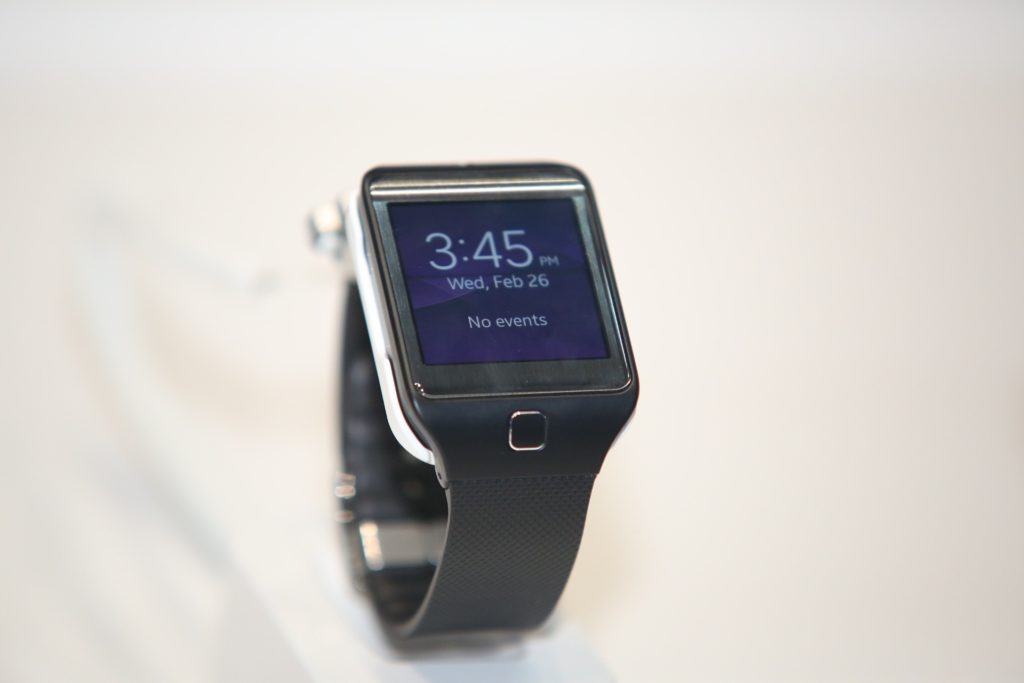At this time, local, state, and federal responsibilities for services that impact individuals’ health continued to expand; such as sanitation services, disease control initiatives, and research into their causes.
Modern Health prioritized culturally responsive and globally accessible care by expanding their provider network to include therapists and coaches speaking more than 50 different languages, and by creating a wellness content library containing meditations, programs, and other resources for their wellness content library.
1. Increased awareness of mental health
Mental wellness has become more widely acknowledged as part of overall wellbeing, but some still face barriers to seeking care, like in EHR. Raising awareness about mental illness prevalence through television shows, podcasts, social media or open dialogue is the first step toward breaking stigma and making care accessible for all. With increasing acknowledgement of mental wellness as part of overall wellness, increasing awareness is paramount – this could include through observances or campaigns dedicated to mental wellness.
Unfortunately, employers are finding it increasingly challenging to provide effective mental health support solutions that are both cost-effective and accessible to their employees. According to research findings, less than one out of every three employees enrolled in EAPs feel their program meets their needs; additionally, many companies with global workforces but limited financial resources find current offerings too costly for their budgets.
Modern Health’s comprehensive solution meets these challenges head on by offering WHO well-being assessments, self-service wellness kits and access to a global network of certified coaches and therapists in one convenient app. This approach has demonstrated its success by driving engagement rates of 45%+ among their employees partnered with Modern Health as an alternative therapy option, leading to over 61% reporting clinical improvement or recovery results for Lyft employees partnered with Modern Health as part of an employee wellness initiative.
2. Increased access to mental health care
While awareness of mental health is rising, most Americans still believe that cost and availability of care remain barriers, particularly for underserved communities. High out-of-pocket costs, lack of insurance coverage and long wait times are major obstacles to receiving help for many individuals who often also have coexisting medical conditions that necessitate additional attention quickly.
Attractive solutions have been proposed to address this problem; however, gaps remain; for example integrating behavioral health into primary care, using task-shifting or other approaches to augment healthcare workforce needs, training new providers on an on-going basis and providing services through mobile apps or community centers are all possible forms of delivery of services. Furthermore, disparities in access are further compounded by factors like lack of standard diagnostic tools among healthcare providers, misalign payments, fragmented services.
Improving patient outcomes requires access to quality healthcare, but our current system is inherently flawed and requires comprehensive solutions in order to provide equal access. A new approach that considers individual needs must be implemented – engaging and empowering employees as partners in their health journey; developing more efficient channels of communication between providers and patients, and prioritizing outcomes that matter most for them will all help achieve this end.
3. Improved technology in mental health care
People are increasingly speaking out about their mental health struggles, prompting companies to invest in technology to address them. One such company, Modern Health, offers workplace mental wellness platform providing personalized care and support through different modalities for employees at work aimed at reducing employee stress levels and improving productivity at work; its services include therapists, coaches and digital courses and programs as well as “Circles”, which bring people with similar interests together for support and community events.
Modern mental health technology has proven beneficial to both patients and clinicians alike, enabling more tailored care, increased flexibility and better monitoring of mental health conditions. But using such tech poses certain difficulties: for instance it can be challenging for clinicians to interpret body language or vocal cues when treating over the internet or some technologies may not work for all types of patients.
Even with its challenges, the industry remains strong and holds many potential advantages. Companies such as Modern Health can help employers recognize savings on health care costs due to employee recovery and prevention through programs designed to promote mental well-being; technologies can also reduce stigma related to mental illness making seeking help easier for all involved.
4. Improved communication between patients and doctors
No matter the medical field, effective communication between doctors and their patients is essential to patient satisfaction, compliance, and positive health outcomes. Furthermore, it’s essential to remember that not all concerns expressed directly through verbal means; many may show themselves through nonverbal cues such as body language. Therefore, taking time for empathy during a visit is key as many may feel worried, anxious or stressed during visits.
No one would argue against the link between lack of doctor-patient communication and medical errors and patient safety events, but improving it doesn’t require extra time or expense; all it requires is changing how doctors interact with their patients – one study revealed that patients perceived visits where doctors sat rather than stood as more effective and meaningful even though both visits lasted the same duration.
Just some simple strategies for improving doctor-patient communication include asking whether there are any questions, making eye contact, and listening attentively when patients tell their story. Such best practices have proven their worth and led to improved health in many instances.




